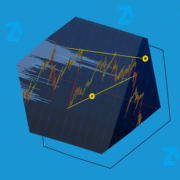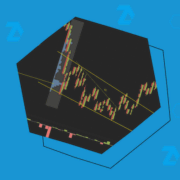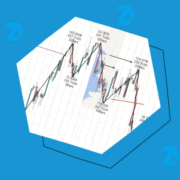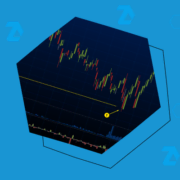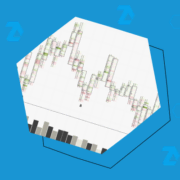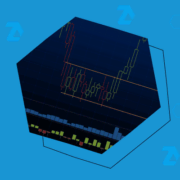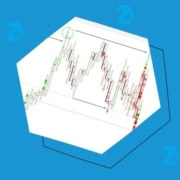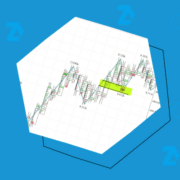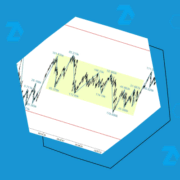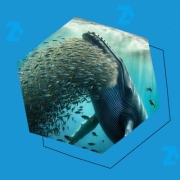How To Recognize and Trade Rising Wedge Patterns
The rising wedge is a well-known chart pattern in technical analysis, often viewed as a potential signal of a trend reversal from bullish to bearish. However, beginner traders often encounter several challenges: how to accurately identify and confirm a rising wedge, use it in trading, and whether the pattern can genuinely yield profits. In this […]

